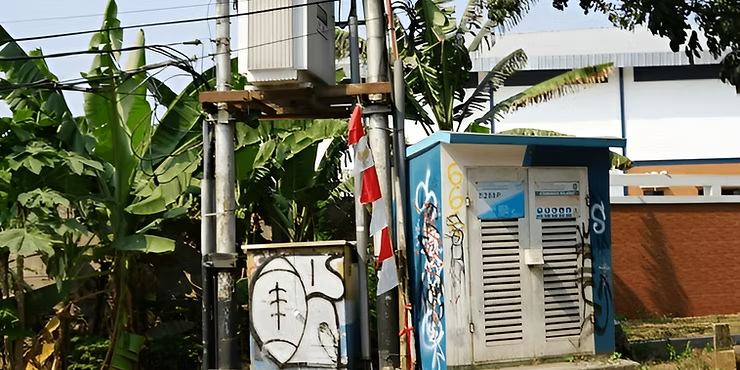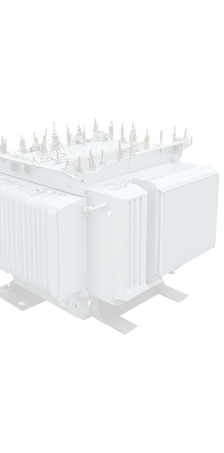Installing a transformer isn’t just about connecting wires—it’s about laying the groundwork for stable, efficient power for years to come. This is especially true when dealing with second hand transformers, which require a more careful approach during installation due to their prior use and age.
If you’re looking to cut costs without sacrificing performance, second hand units are an excellent option—when installed correctly. In this post, we’ll walk you through the essential best practices for transformer installation, particularly when working with second hand transformers, to maximize efficiency, reduce failure risks, and ensure long-term reliability.
Why Choose Second Hand Transformers?
Before diving into the installation details, it’s worth highlighting why many businesses and facility managers choose second hand transformers in the first place:
- Cost-effective: Up to 50% less than new units
- Faster availability: Immediate stock vs. long manufacturing lead times
- Sustainable: Extends the life cycle of valuable electrical equipment
- Quality-tested: Units are often fully refurbished and tested before resale
Browse high-quality used transformers at JJ Transformers, including single-phase, three-phase, and power transformer models.
Step-by-Step Best Practices for Installing Second Hand Transformers
1. Start with a Thorough Inspection
Never skip the pre-installation inspection. Even if your unit came from a reputable transformer company, it’s important to re-verify its condition on-site.
Checklist:
- Check for oil leaks or corrosion
- Inspect bushings for cracks
- Ensure proper grounding connectors are intact
- Verify nameplate data and compatibility with your system
If your transformer was in long-term storage, you may also want to schedule a transformer rewinding or insulation resistance test before energizing.
2. Ensure a Stable, Level Foundation
Transformers—especially oil-filled or larger power transformers—require a strong, vibration-resistant base. Poor mounting can lead to:
- Core misalignment
- Increased vibration
- Reduced efficiency
- Long-term mechanical stress
Use concrete pads with vibration-damping mounts, particularly for industrial installations or units that were surplus transformers.
3. Install Proper Grounding
Grounding is essential for transformer safety and performance. Improper grounding can result in:
- Electric shock hazards
- Equipment malfunction
- Fire risk during faults
Even in residential applications using a transformer in home, proper grounding improves noise filtering and voltage stability. Use copper grounding rods or mesh as per NEC standards, and always test continuity before energizing.
4. Match Load and Voltage Ratings
A mismatch between your transformer’s rating and actual load conditions is one of the fastest ways to degrade efficiency. Review:
- Primary and secondary voltage compatibility
- Rated kVA vs. expected load
- Frequency requirements (50Hz vs. 60Hz)
When installing second hand transformers, consult with the seller to confirm that the unit has been tested under similar conditions. JJ Transformers provides expert guidance when selecting the right transformer to buy for your unique load.
5. Use the Right Connections and Cabling
Loose or low-quality connections can lead to overheating and arcing—especially dangerous in second hand units that may already have some internal wear.
Installation tips:
- Use correctly rated lugs and terminals
- Torque all connections to manufacturer specifications
- Avoid aluminum-to-copper connections unless designed for it
- Test insulation resistance between phases before powering on
Ask about available accessories and cabling during your transformer purchase to ensure you’re installation-ready.
6. Test Before Energizing
Never energize a transformer—new or used—without proper testing. Before applying full load, perform:
- Megger test (insulation resistance)
- Continuity check
- Transformer turns ratio (TTR) test
- No-load voltage test
If you’re unsure, JJ Transformers offers professional transformer services and start-up support to ensure your installation is safe and compliant.
7. Monitor Performance Post-Installation
Once your second hand transformer is up and running, monitor its performance during the first 48–72 hours:
- Check for unusual noise, heat, or oil bubbling
- Verify stable secondary voltage
- Ensure cooling systems (fans or radiators) activate properly
Pairing your transformer with remote sensors or smart meters improves long-term visibility. For high-stakes environments, consider AI-enhanced monitoring solutions for real-time fault detection.
Common Mistakes to Avoid When Installing Second Hand Transformers
Even experienced installers can overlook key points. Here are a few pitfalls to avoid:
- Skipping inspection of a newly delivered transformer
- Ignoring compatibility between primary voltage and incoming supply
- Improper grounding or incomplete earthing
- Overloading due to poor load assessment
- Neglecting cooling clearance space
If you’re planning to buy used transformers, ensure you’re also equipped with proper installation knowledge—or bring in professionals who are.
Final Thoughts
Installing a second hand transformer can offer huge savings and excellent performance—if done correctly. Following the best practices outlined above ensures maximum efficiency, safety, and lifespan for your investment.
At JJ Transformers, we offer fully tested, high-quality second hand transformers, complete with guidance on installation and support. From sourcing to set-up, we’ve got you covered.



